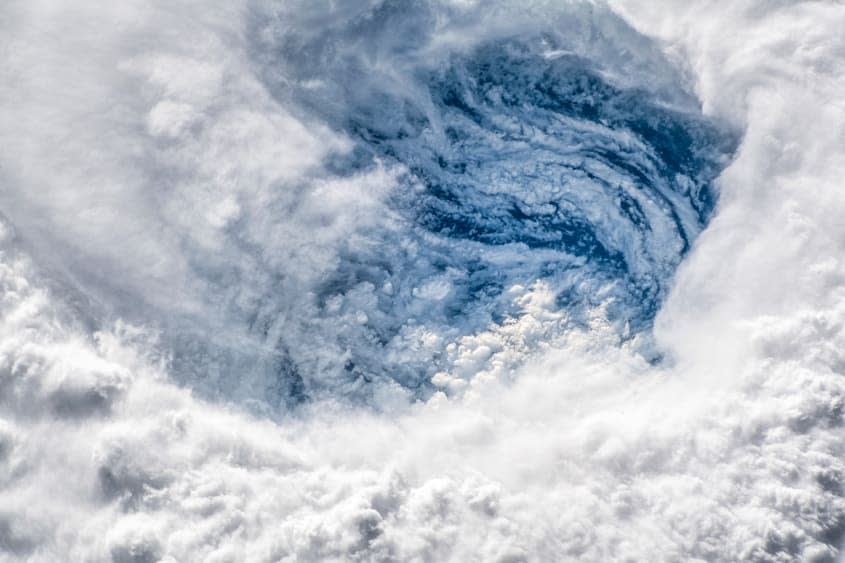Hurricanes are only going to get worse

Natural disasters have been steadily worsening due to climate change, and hurricanes are no exception. In addition to higher frequency and intensity, these storms now also have a wider area of impact. Where could we see increased hurricane damage in the future?
Where is this happening?
New research from First Street Foundation found that the East Coast and Gulf Coast of the U.S. are most at risk of wind damage from hurricanes in the next 30 years. In fact, "13.4 million properties will face tropical cyclone level wind risk that do not currently face such risk," the nonprofit wrote in its report.
Meanwhile, other regions of the country, specifically the mid-Atlantic and Northeast, will likely begin to see much more hurricane damage than before. "Hurricanes are making their way northward. They're making it latitudinally up to places they haven't before," said Matthew Eby, founder and CEO of First Street. "The second thing that comes along with that is they're stronger."
First Street's report predicts that hurricane damage will amount to $19.9 billion in losses in 2053; Florida, already a hurricane hotspot, is expected to account for $14.3 billion of that total. (The state is home to the top 20 cities most likely to be hit with a severe hurricane in 2023.) The storms are also expected to make landfall in more northern locations, instead of southern cities like Miami. "The South Carolina and Georgia border is where you'll see the largest increase in wind speeds over the next 30 years," Eby said. Meanwhile, New York City is predicted to see the largest increase in average annual loss from hurricane damage, CNN reported.
"The risk is shifting. That's what we are trying to impart," said Ed Kearns, chief data officer for First Street. "Risk is most dangerous when you don't know you have it."
Why is this happening?
The issue can be largely attributed to climate change. Oceans are becoming warmer and, in turn, providing fuel for hurricanes. According to the National Oceanic and Atmospheric Administration, the probability of hurricanes in the North Atlantic strengthening to category 3 or higher is now 40 percent, up from 10 percent in the 1980s. "The odds of it being a major hurricane when it makes landfall are almost 50-50 now," Eby told CNN.
How will this affect society?
For one thing, many of the regions growing in susceptibility to hurricanes are ill-equipped to handle storms with winds of 100 mph or more. Indeed, "in Miami, 100 mph wind is serious but not devastating because they're used to it," said Kerry Emanuel, who created the hurricane models used in First Street's report.
Meanwhile, communities of color are being disproportionately impacted. Over 40 percent of the Black population in the U.S. lives in areas deemed at risk for hurricane wind damage, and that number is expected to increase to 55 percent in 30 years. "Even if the risks are well known, it doesn't mean, unfortunately, that we are going to be well prepared," Emanuel said.
Insurance companies have also failed to account for the problem, even as people are moving to counties "categorized as high risk for hurricane-force winds at six times the rate of other counties," per The Washington Post. "The estimates of risk they use to price properties and premiums are 50 years out of date, and the climate has changed enough to make their data useless," according to Emanuel. This is especially true in some of the northern and inland regions that have historically avoided severe hurricanes.
"Compared to the historic location and severity of tropical cyclones, this next generation of hurricane strength will bring unavoidable financial impacts and devastation that have not yet been priced into the market," Eby remarked, adding that this new report is ushering in "a new era in the understanding of the physical impacts of climate change."
You may also like
Why are so many seniors homeless in America?
Xi Jinping tells national security team to prepare for 'worst-case scenario'
Fossils uncovered in Australia are 107 million-year-old pterosaurs bones, scientists say

